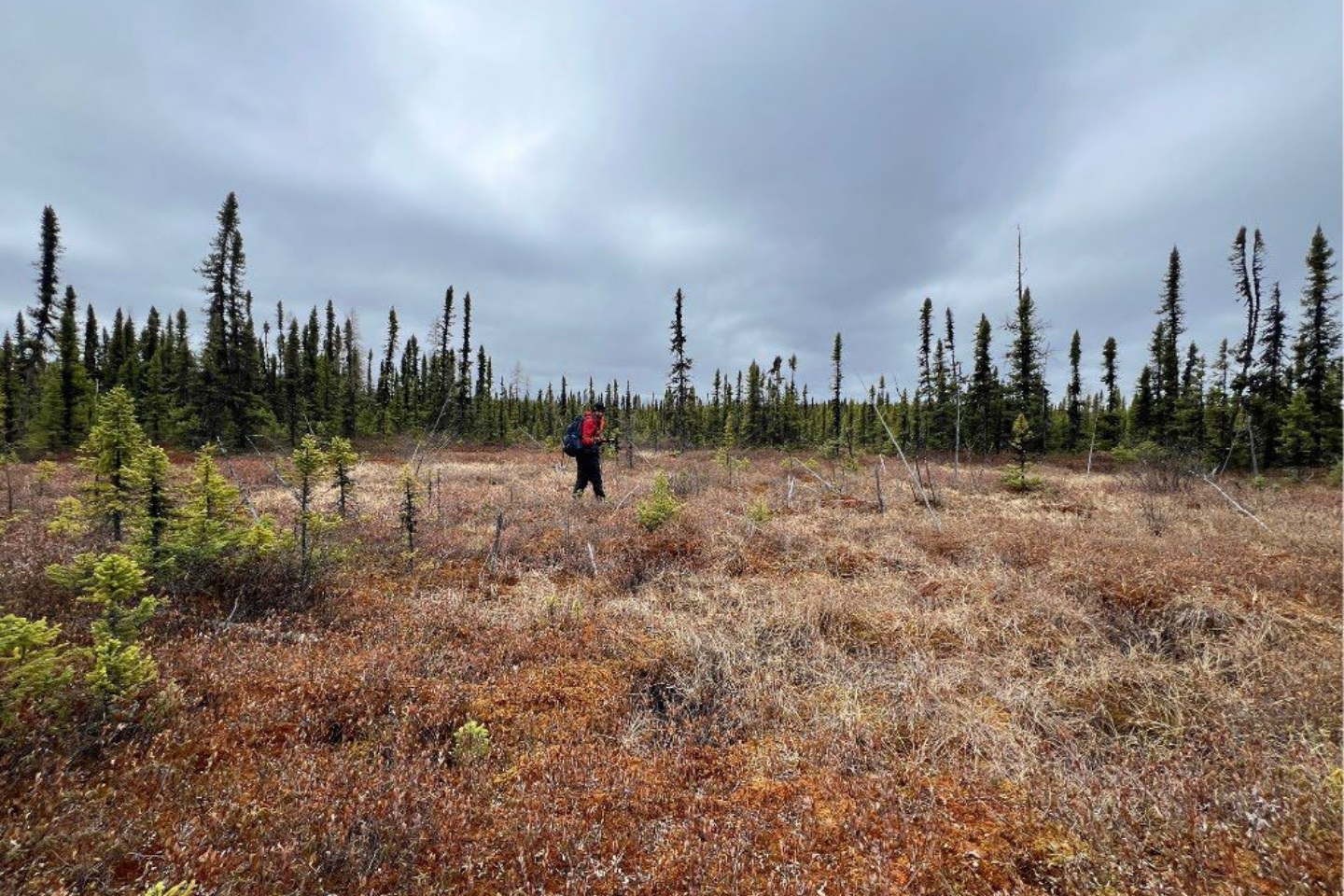Thunderbird Resources has launched a new high-tech survey sampling program as part of the latest uranium exploration campaign at its premier Hidden Bay project in the renowned Athabasca Basin in Canada. Taking advantage of the ideal Canadian summer conditions, the sampling program is understood to be able to detect blind uranium targets from depths of up to several hundred metres.

Thunderbird Resources has launched a new high-tech survey sampling program as part of the latest uranium exploration campaign at its premier Hidden Bay project in the renowned Athabasca Basin in Canada.
Taking advantage of the ideal Canadian summer conditions, the sampling program is understood to be able to detect blind uranium targets from depths of up to several hundred metres. The company says it will trial a spatiotemporal geochemical hydrocarbons (SGH) survey on several of its prime drill targets at Hidden Bay, in addition to scintillometer surveying of key areas and reconnaissance geological mapping.
The SGH survey is designed to detect subtle geochemical anomalies derived from a buried source, using near-surface samples that contain low concentration levels it can measure in as little as “parts per trillion” on elements within the samples.
The survey method works by leaching hydrocarbon compounds from the sample that are mobile and have moved upwards from depth and consist of decomposed bacteria and microbes containing mineralisation leached from depth. Management says it plans to trial the high-tech method on three of its priority targets at Hidden Bay, with about 140 samples to be assessed.
Thunderbird Resources executive chairman George Bauk said: “The main initial priority is the implementation of a maiden drilling program to test the exciting basement type uranium targets at Hidden Bay. It’s a great time to be active in the uranium sector with such positive sentiment towards the significant role it will play in providing a cleaner energy solution to the world.”
Hidden Bay is just 20km south-east of Cameco Corporation’s massive Rabbit Lake mine, the longest-operating uranium mine in North America. It has produced a staggering 203 million pounds of uranium to date during more than 41 years of mining.
Hidden Bay sits on the projected eastern flank of the Athabasca Basin, similar to Rabbit Lake.
Thunderbird recently received a three-year work permit, which includes the right to drill at the project. It is planning to drill to an average 400m depth at each of the holes and is looking to determine the optimal access route to each drill-target site, with plans to test five priority targets identified by “gravity lows” from an airborne gravity survey conducted in 2022.
NexGen Energy’s huge Arrow deposit in the south-west of the basin is based on a gravity low – as are others in the basin, so this is a good sign. Management says a 3km-long “conductive trend” also runs right through the heart of the first, second and third gravity lows, further increasing the anticipation around the targets.
The Athabasca Basin’s geological “unconformity”, that pretty much every major discovery in the basin is based on, threads the needle between the first and second gravity lows and has excellent proximity to the third and fourth. Importantly, there is also a plethora of faults and other geological structures surrounding all the gravity lows, making it a seriously good environment to test with the hard edge of the drill bit.
And it is not before time, with only one hole drilled at the project site in the past 35 years.
The Athabasca Basin is remarkable for its average uranium grades of about 2 per cent and its massive-scale deposits. Notably, the region has been responsible for churning out 20 per cent of the world’s primary uranium production and it has a six-decade history of producing “yellowcake”.
The basin is arguably most famous for the McArthur River uranium mine that boasts a massive 392 million-pound reserve going a ridiculously-high 6.89 per cent uranium oxide. Further to the north-east, the Cigar Lake mine reserve registers at an even more stunning 15.9 per cent uranium oxide at its 165 million-pound reserve.
Thunderbird is in the “right place” to look for the controversial mineral that finds itself in demand due to the transition in many nations to clean energy production. With a tailwind of a rising price, it may also be a case of the “right time” for the company.
Is your ASX-listed company doing something interesting? Contact: matt.birney@businessnews.com.au















